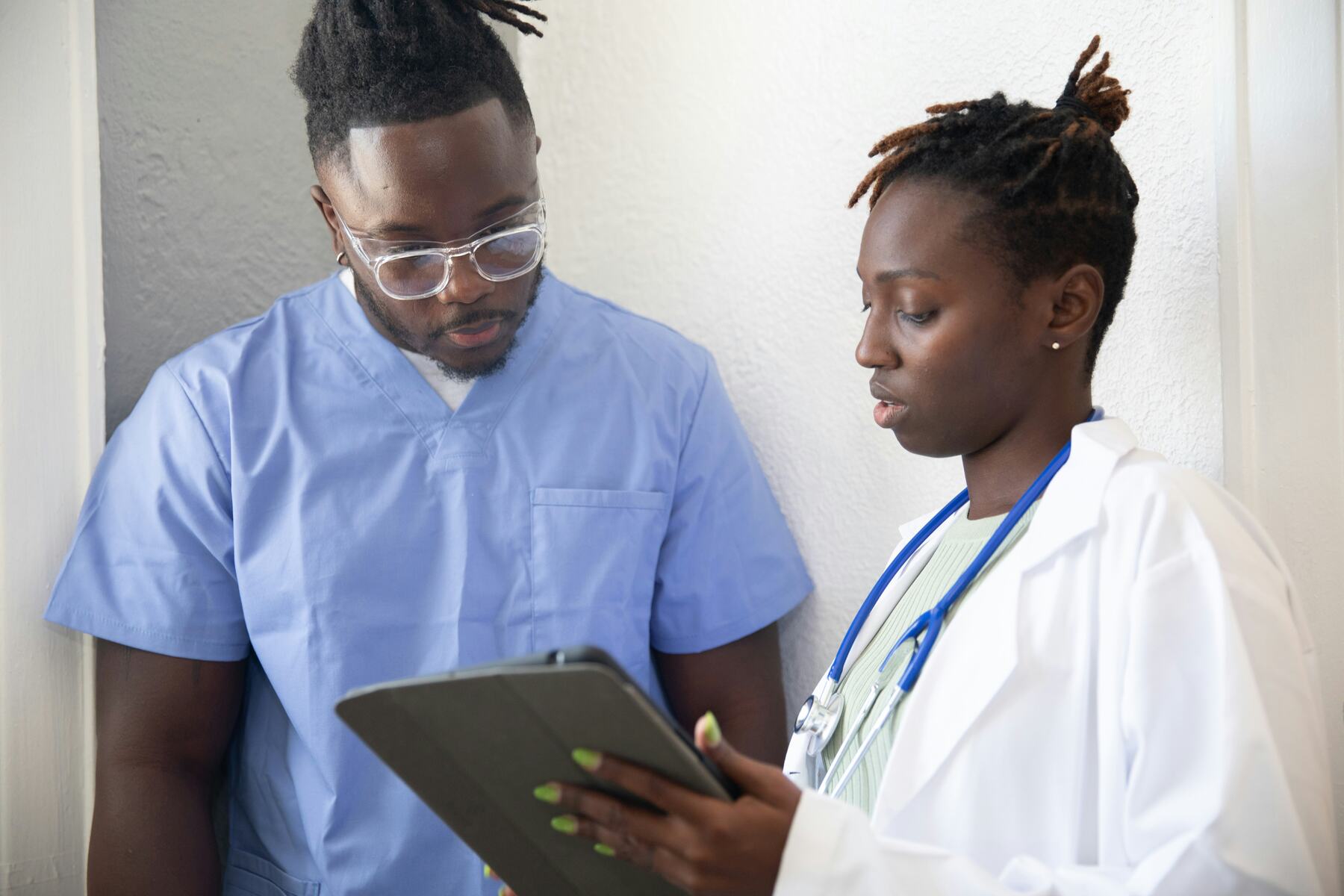What is Biostatistics?
It is the partnership between biology and statistics. This discipline involves the collection, analysis, interpretation, and summarization of data from biology experiments and studies. Biostatistics applies to medicine and public health. It is standard to see the subject as an area of specialization in a public health degree.
Its study requires students who excel in mathematics and are comfortable with biology and epidemiology. The field also calls for an analytical mind that is adept at technical report writing and presenting quantitative information. The reports can be the result of collaborating with researchers in cancer and other diseases, for example. Biostatisticians may also examine data about the possible effects of environmental hazards on the health of a community or geographical area.
Bachelor of Science
A Bachelor of Science is typical in this discipline. This degree bombards students with applied and theoretical courses in math and statistics. Simmons University in Boston offers a B.S. in Biostatistics. Here is a list of their required courses:
- Introductory Statistics
- Linear Algebra
- Multivariable Calculus
- Statistical Design and Analysis
- Introduction to Data Science
- Regression Models
- Probability
- Mathematical Statistics
- Mathematics
- Introduction to Computer Science
Another example, to illustrate the emphasis on mathematics, is the biostatistics degree at Saint Louis University (SLU). Their degree includes sixteen hours of calculus and three hours of linear algebra-an element applied in geometry and engineering. Your education in statistics includes applied biostatistics and theory of biostatistics. The combination of these courses examines probability studies, relative risk, likelihood testing, and random variables.
The necessity to understand biology in this field is evident in the eight hours of biology at SLU. The number of hours dedicated to natural sciences varies. The University of Houston-Downtown has a B.S. in Applied Statistics with a concentration in Biostatistics. Their curriculum includes twenty-seven hours of natural sciences, whose classes are in General Biology, Biology Laboratory, General Chemistry, Chemistry Lab, Microbiology, and Genetics. Further study in the sciences includes ecology, human physiology, organic chemistry, and environmental biology. The last topic looks at the effects of human activities on living organisms and natural habitats.
Bachelor of Arts
Emory College has a BA/MSPH (Master of Science in Public Health) program for students planning on a graduate degree. This option offers biostatistics courses at the undergraduate level. These classes pertain to statistical methods, statistical computing, applied linear models, probability theory, clinical trials methodology, and more. In reiteration, it is rare to find a B.A. in biostatistics. However, a B.A. in statistics is plentiful.
If you enroll in a bachelor’s program in statistics, you will have several math courses. The curriculum at the University of California-Berkeley, as an example, teaches calculus, probability, statistics, data science, and differential equations in their statistics program. You would receive a similar education to a biostatistics program. However, you would lack the necessary coursework in the sciences. The deficiency may not be a deterrent to finding employment as a biostatistician. A review of job postings reveals that a degree in either major is acceptable.
You can begin learning about statistics before high school. One source worth investigating is the American Statistical Association (ASA). The ASA provides resources for teachers from kindergarten to 12th grade. The site also has a means for individuals to pursue self-study on topics as probability and graphs. This organization offers an annual membership for $180 and a college student membership for only $25! Membership provides access to publications to enhance your knowledge in the field of statistics.
The University of Oklahoma has a Bachelor of Science in Mathematics coupled with a Master of Science in Biostatistics. Their Health Sciences Center houses the graduate portion. By taking the two degrees in succession, you complete your master’s in five years. Adopting this program does not postpone courses in the natural sciences. There are seven hours or two classes in biological and physical science.
Employment
According to the U.S. Bureau of Labor Statistics, Mathematicians and Statisticians earn an average of $84,760 per year. The typical degree, according to the BLS, is a Masters. The future job growth of 33% is excellent. You can find entry-level jobs with a bachelor’s degree. However, the Department of Labor site, O*Net Online, states that 52% of biostatisticians have a master’s degree. Their survey of employed professionals in this field believes that attention to detail is an essential characteristic. The skills of reading comprehension and analytical thinking, as well as familiarity with clinical trials database software, are also near the top of the list.
Additional Resources
What Classes Will I Have to Take for a Degree in Mathematics Education?
What is the Difference Between a Bachelor’s Degree in Math and a Master’s Degree in Math?
What Kind of Job Can You Get With a Degree in Math?
What Is the Salary Potential for Someone with a Math Degree?
How Advanced Does My Degree in Math Have to Be to Get a Good Job?
Highest Paying Jobs With a Biology Degree – Degrees in Biology – Majors & Careers

